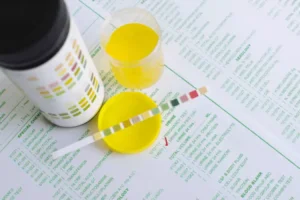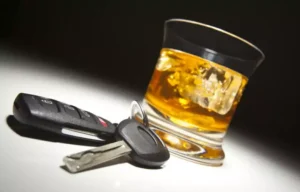Alcoholic Nose Explained Gin Blossom Nose and Rhinophyma
While the previous belief was that rhinophyma was the result of alcohol consumption, there is no factual link between alcohol and rhinophyma. However, drinking alcohol and consuming caffeine can dilate blood vessels, which can aggravate existing rhinophyma. Rhinophyma is considered the final and most severe stage of rosacea, primarily affecting white males over the age of 50. Once the rhinophyma has undergone evaluation, a discussion of options is next. Viable choices always include the possibility of not performing any surgical intervention.

Risk Factors and Incidence

That being said, someone who already has rhinophyma may find their condition is worsened by drinking alcohol. Rhinophyma begins as a benign skin condition at the most severe end of the rosacea spectrum with a male predominance. It can lead to severe cosmetic deformities with resulting psychosocial consequences and the possibility of developing occult malignancy. Nonsurgical contouring can yield modest results, but surgical correction appears to be the best for optimal treatment of rhinophyma, with multiple modalities available at the discretion of the surgeon.
Differential Diagnosis
- Through proper diagnosis and prescription, you can clear your skin and nose from unwanted large bumps, rosacea flare attacks, dry skin, and a “purple nose,” among other things.
- The most common side effect of rosacea in people who drink is flushed skin.
- Aside from physical repercussions, those who deal with rhinophyma can also face prejudice for their physical appearance.
If you are suffering from rhinophyma, talk to your doctor or dermatologist to develop a plan for treatment. Talk to your doctor about long-term treatment options to help ease symptoms and avoid future flare-ups and complications. It forms gradually over several years and is believed to be the result of poorly treated or untreated rosacea. The outcome is usually a large mass on the lower half of your nose.
- This way, they are not bombarded with social pressures and stigma close to home.
- There are four stages of rosacea, and rhinophyma occurs in the last, or late, stage.
- It causes the nose to become large, red, and bulbous in appearance.
- Patients with this condition often experience feelings of low self-esteem, embarrassment, and anxiety about their facial disfigurement and flushing.
- “Alcoholic nose,” or drinker’s nose, is a skin condition commonly identified by a red, bumpy, or swollen appearance of the nose and cheeks.
- He has been embarrassed by the cosmetic appearance for years and relates that he “doesn’t even drink that much.” Recently, he has noticed increased difficulty breathing (Figs 1--22).
Sunshine Behavioral Health Facilities
In the end, we have discovered that an alcohol use disorder is not necessarily responsible for rhinophyma. Similarly, this removes the stereotype that everyone who suffers from rhinophyma is an alcoholic. However, rhinophyma can make normal breathing through the nose a challenge.

While alcohol can stay in your system and cause damage, there is thought to be very little connection between alcohol use and this skin condition. Classic appearance of rhinophyma with a bulbous, cosmetic nasal deformity causing distortion of the aesthetic subunits of the lower nose. Alar thickening can eventually lead to obstruction of the external nasal valves. Rhinophyma may respond well to topical treatments, such as metronidazole and isotretinoin, in the early stages though. Although studies vary, it’s thought that basal cell carcinoma occurs in 15-30% of people with rhinophyma. Over time, the number of sebaceous glands and the changes in connective tissue increase, which can result in progressive deformity.
- Keep reading to learn the real causes behind rhinophyma and how to put an end to the damage.
- People who experience Rhinophyma may also experience other types of rosacea.
- It may be encouraging to know that approximately 90 percent of individuals with rosacea reported that limited alcohol intake helped to significantly decrease sudden outbreaks.
- After surveying people with rosacea, the NRS reports that nearly two-thirds of them say they “have avoided situations because they felt uncomfortable or embarrassed” when they had a red face.
Role of Rosacea
After surveying people with rosacea, the NRS reports that nearly two-thirds of them say they “have avoided situations because they felt uncomfortable or embarrassed” when they had a red face. Too often, people mistakenly believe that anyone who has a red face drinks too much, according to the National Rosacea Society (NRS). This misperception may cause people who have alcoholic nose rosacea to worry that others will think they have a drinking problem. If you want to diminish a noticeable scar, know these 10 things before having laser treatment. Feeling so self-conscious about the appearance of a nose with rhinophyma can become a great source of anxiety for some people. Now, does this mean that alcohol is completely unrelated to rhinophyma?
Surgical treatments
Alcohol affects your face and skin in general by enlarging both pores and blood vessels. Blood vessels expand and sometimes break, making some heavy drinkers look red and flushed even when sober. Excessive consumption of alcohol may also lead to the development of spider veins on the face. The prognosis of rhinophyma is variable, and patients should be aware of the pathophysiology of the condition and its link to the underlying rosacea.

